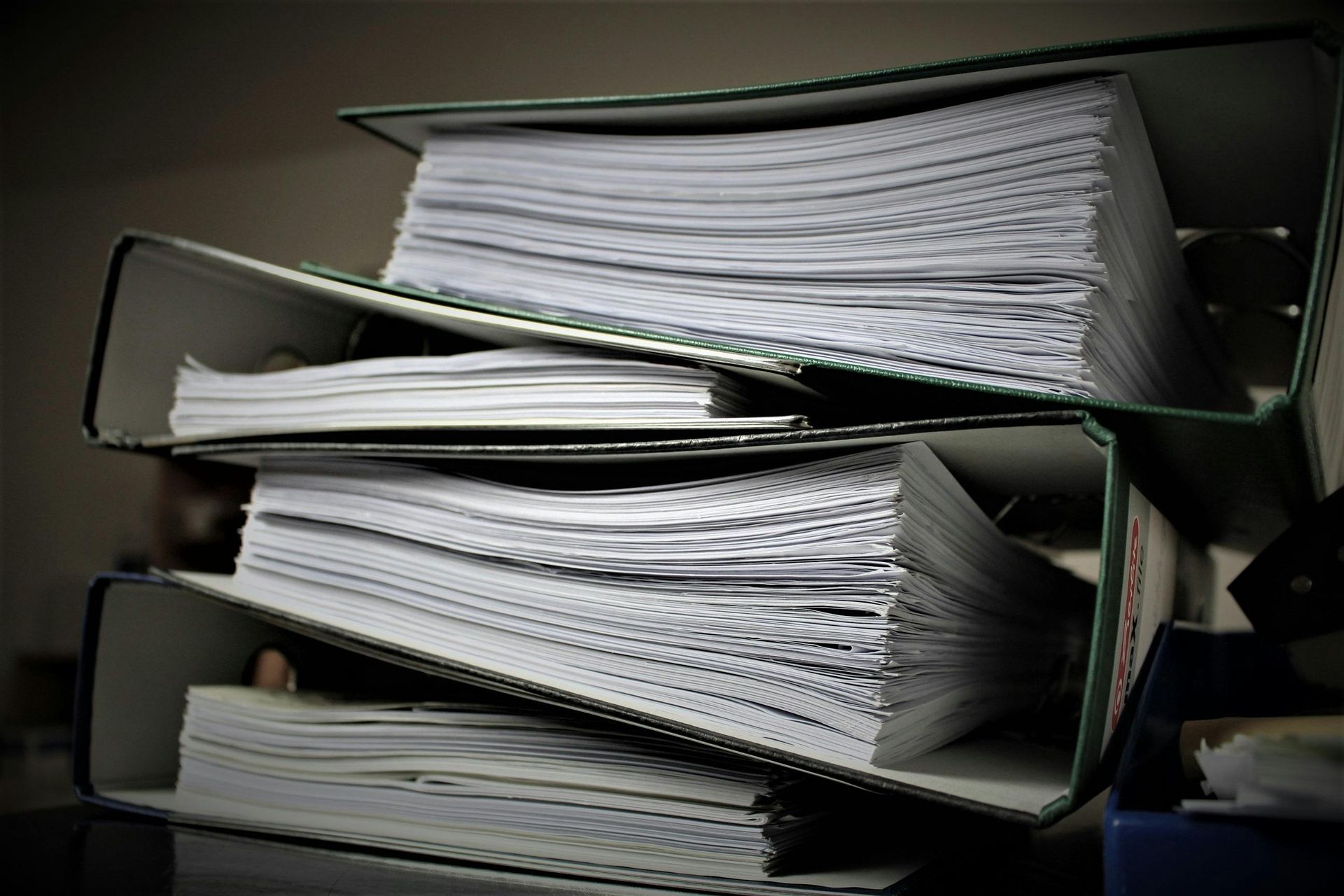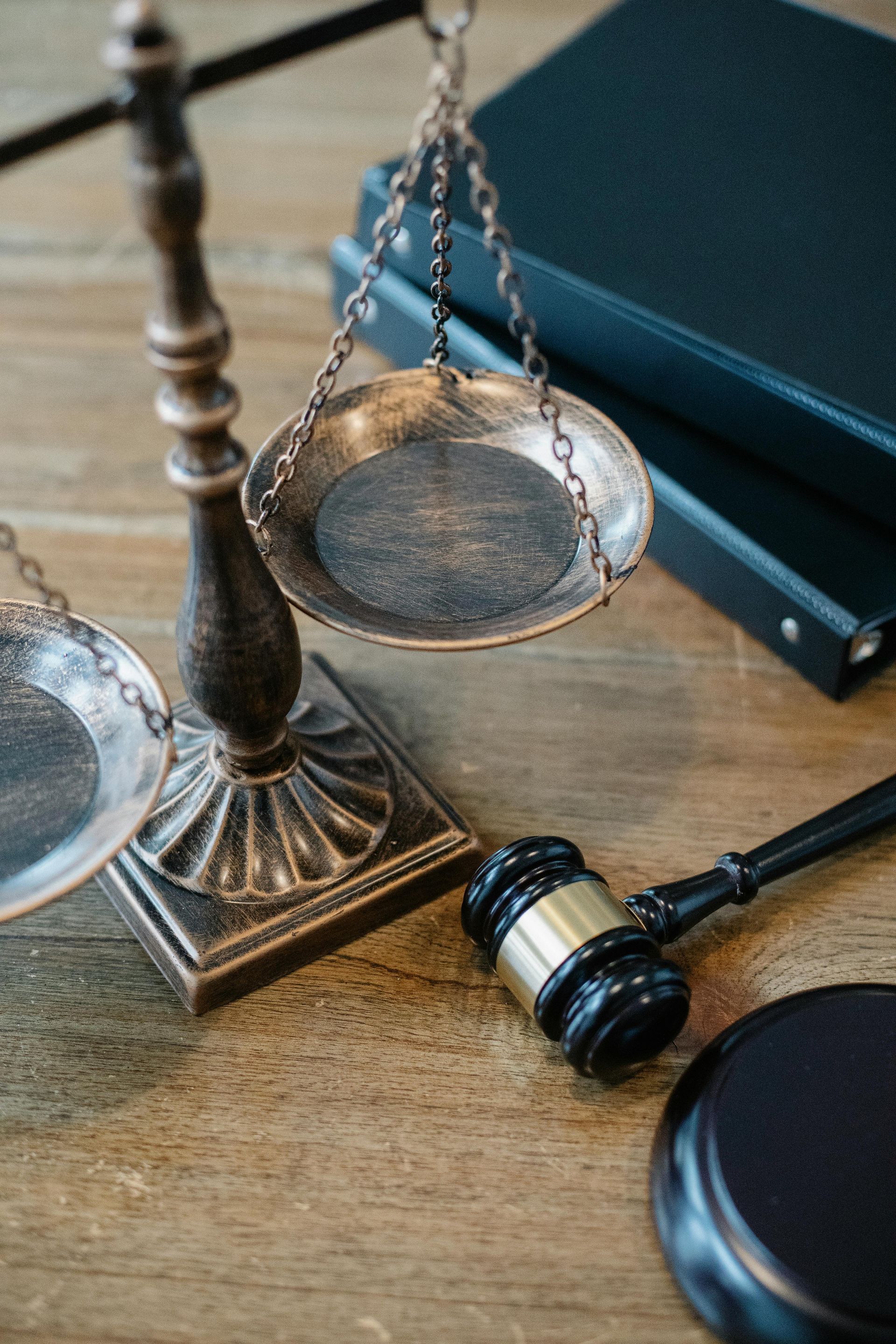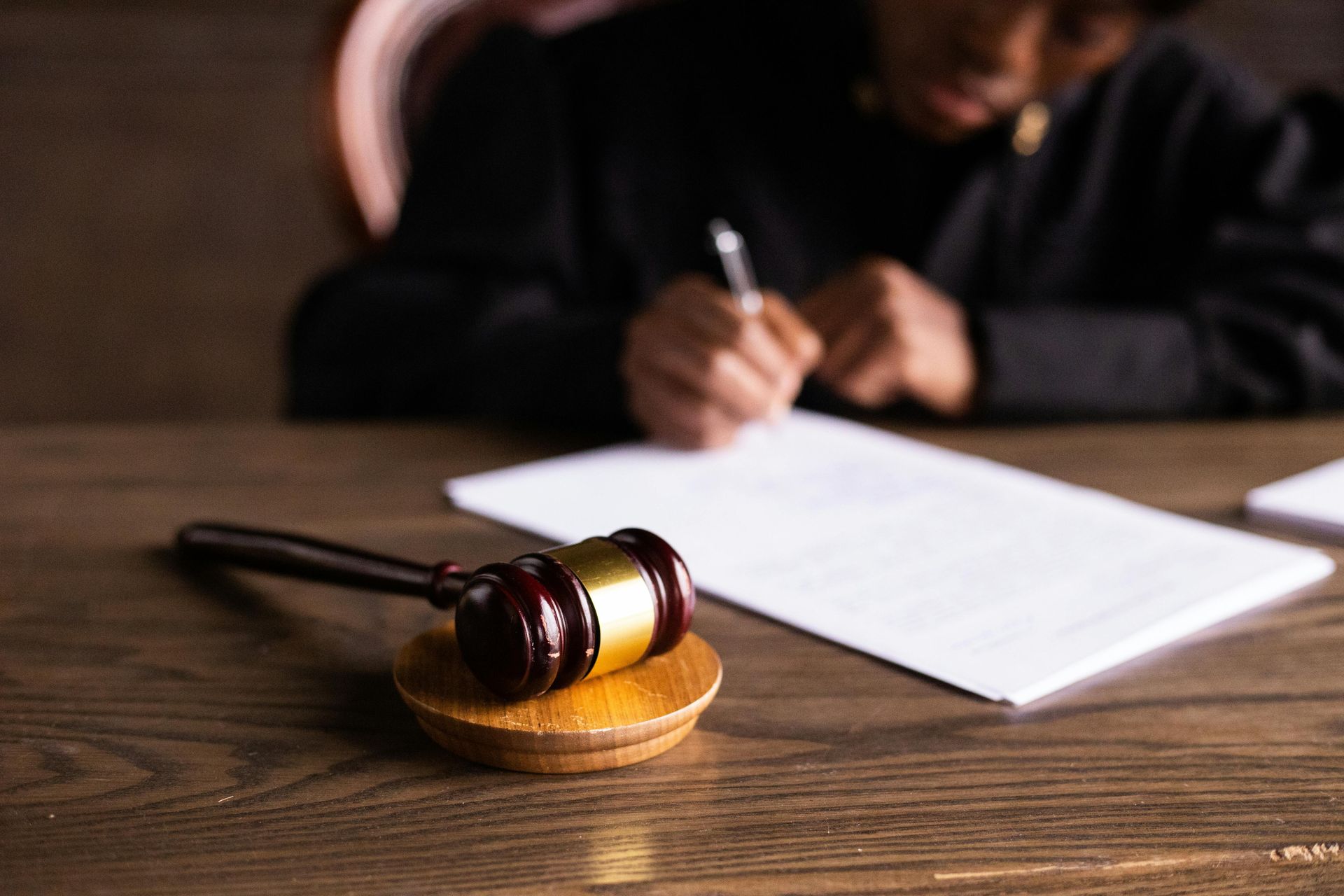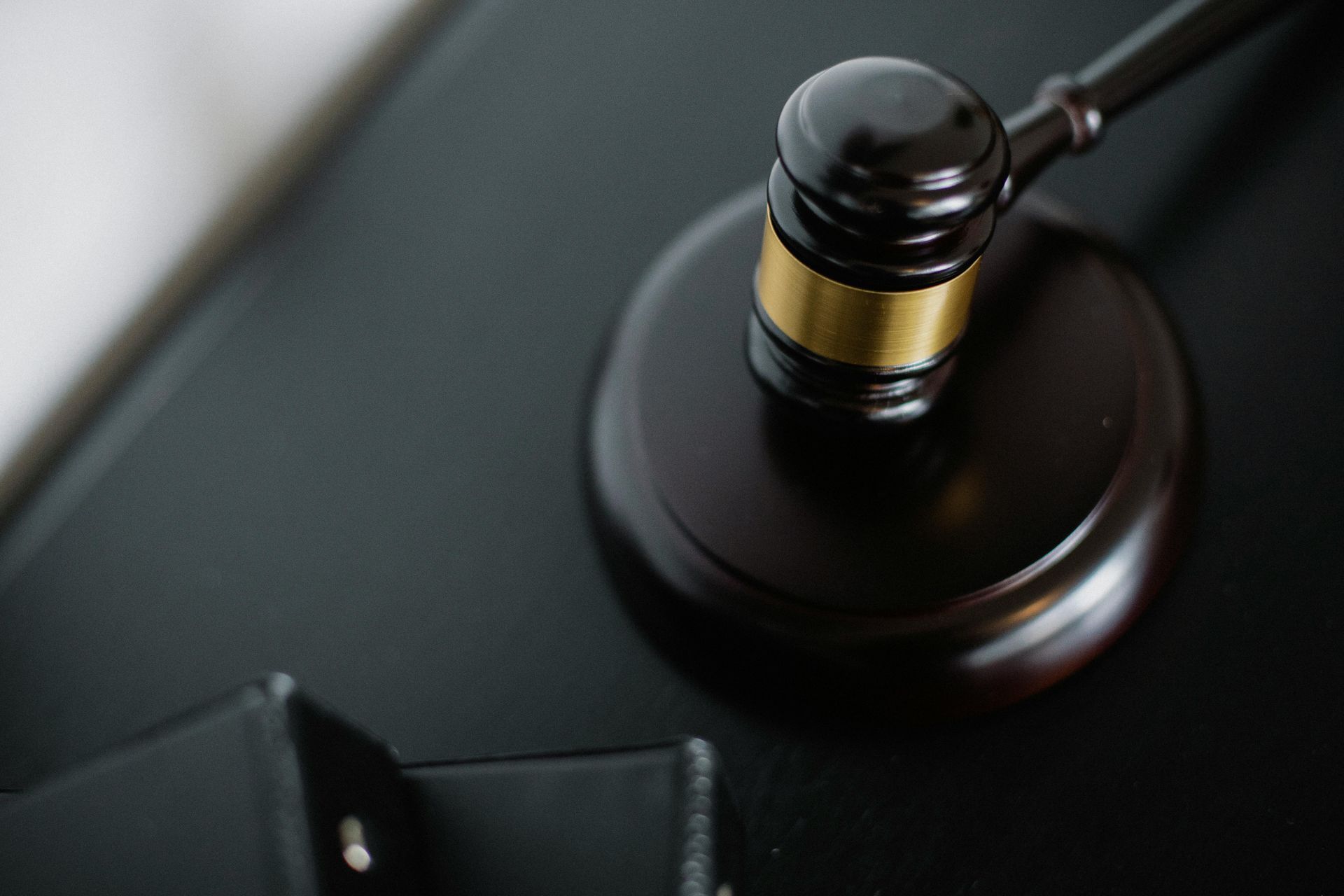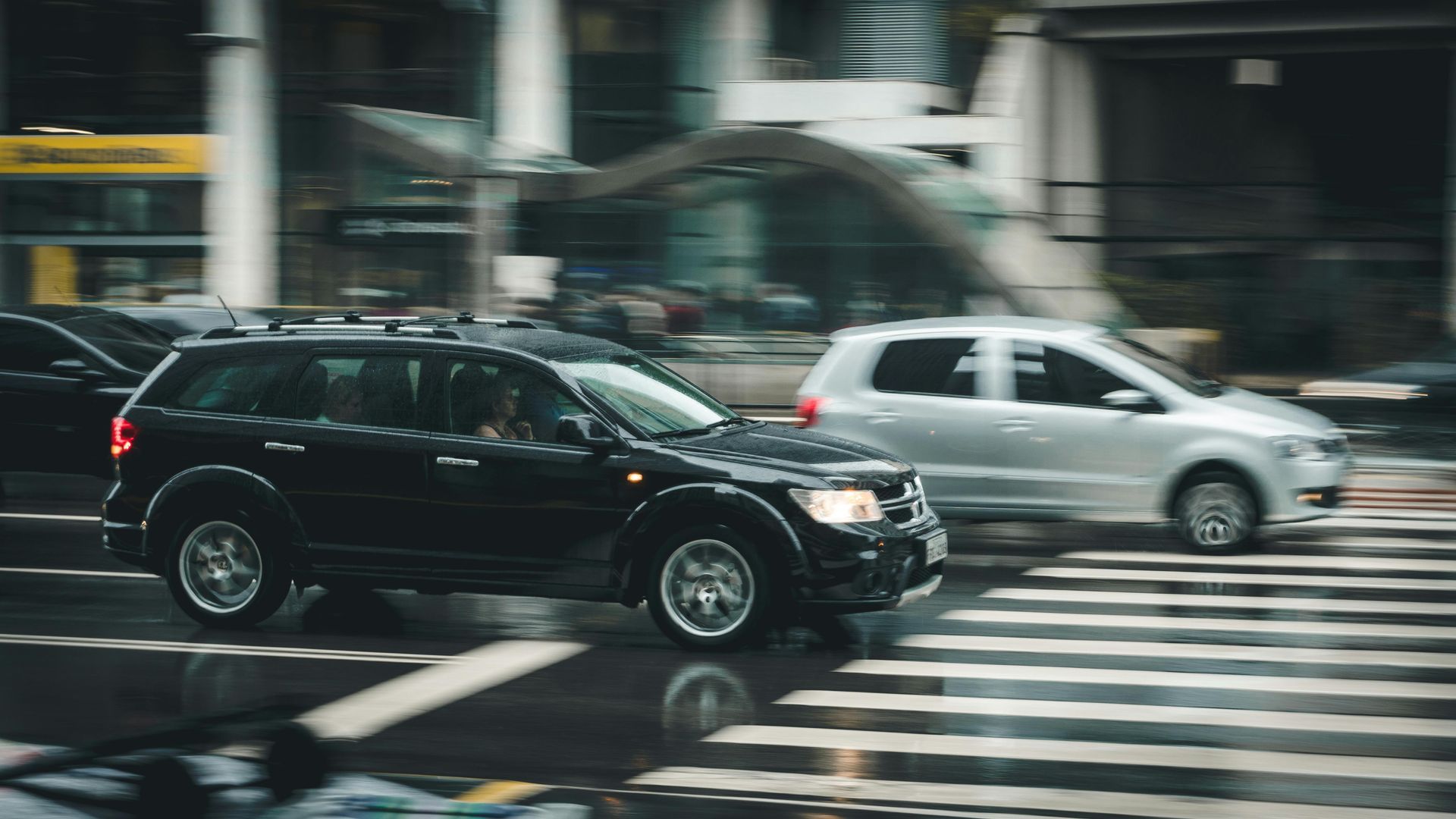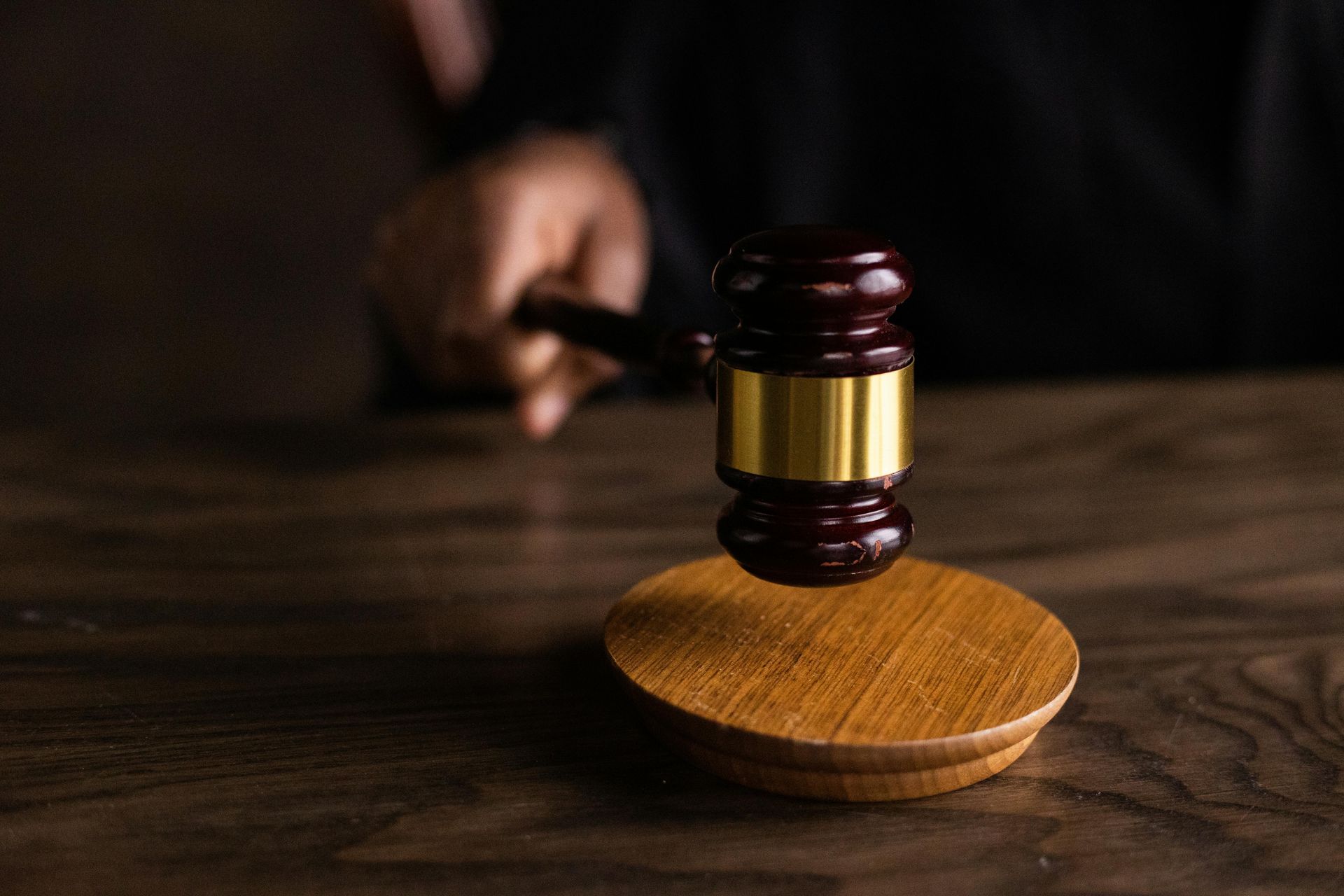Contact Us
Phone: 309-316-8057
Location
1225 N North Street
Peoria, Illinois 61606
Hours
- Mon - Sun
- Open 24 Hours
Schedule a Case Evaluation
Contact us now!
Contact Us
Thank you for contacting us.
We will get back to you as soon as possible.
We will get back to you as soon as possible.
Oops, there was an error sending your message.
Please try again later.
Please try again later.
By submitting this form, you agree to be contacted by our law firm, either by phone, text or by email.
Practice Areas
Hours
- Mon - Sun
- Open 24 Hours
Disclaimer: The information on this website is for general information purposes only. Nothing on this site should be taken as legal advice for any individual case or situation. This information is not intended to create, and receipt or viewing does not constitute an attorney-client relationship.
© 2025
All Rights Reserved | Halliday McCall | Powered By Convert It Marketing | Privacy Policy | Terms and Conditions
© 2025
All Rights Reserved | Halliday McCall | Powered By Convert It Marketing | Privacy Policy



